Units of MACV-SOG were the first units to perform combat HALO operations in a series of jumps between 1969-1971, they pioneered the method to avoid increasing difficult in using helicopters as a means of insertion. Details of the mission can be found on this page. Please note the equipment shown in these pages is not correct, unlike the equipment shown below.
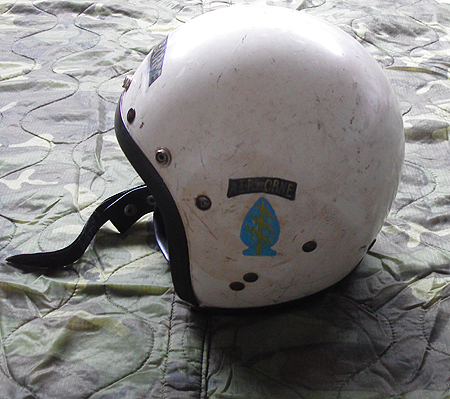
Motorcycle style HALO helmet marked with handpainted Special Forces DI, Airborne arc and 1st Special Forces crest. These can be seen in use by SOG teams training in Frank Grecos book Running Recon. A leather football style helmet was also used.

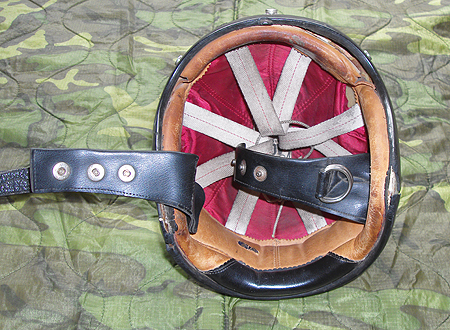
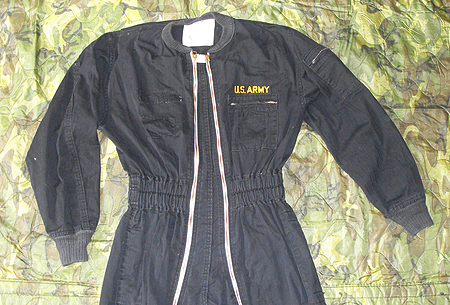
HALO suit in heavy cotton, the suit has a US Army tape and a name tape has been removed. The suit has a double zip and stirrups to hold the trousers down when jumping.
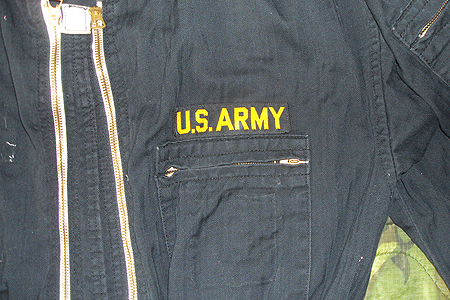

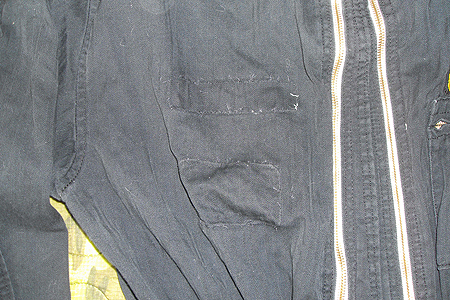
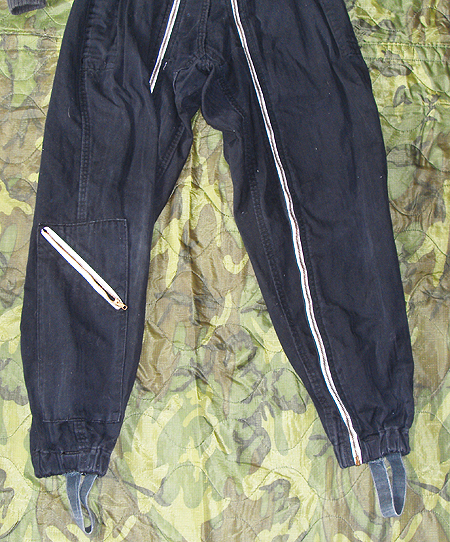
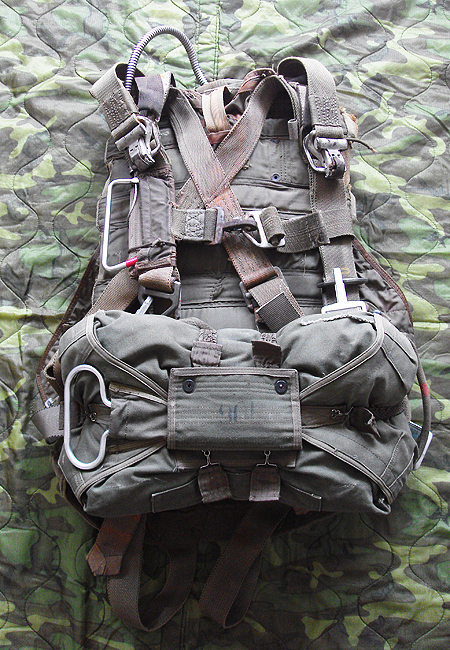
HALO parachute harness, deployment bag and T10 reserve chute
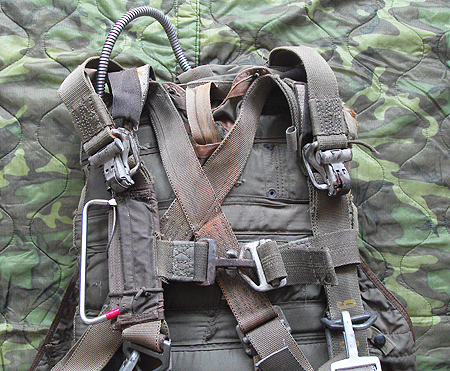
Detail of harness and rip cord release handle, SOG teams also used the Czech sourced KAP III timers for automatic release of the chute. We are still looking for this item, if you have one please get in contact. We are also looking for the wire mount for the altimeter, this was placed on teh reserve chute for ease of use.
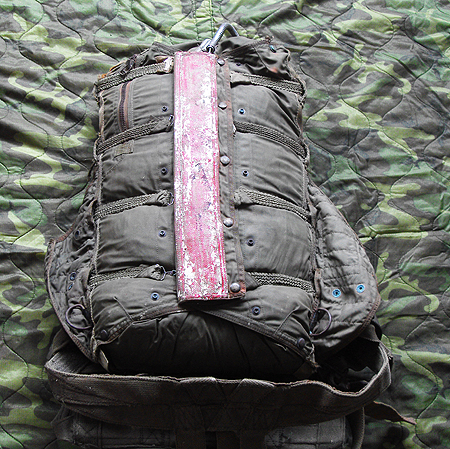
The rear of the SOG teams parachute trays were painted with "glow in the dark" Tierra Spray, since deemed a biohazrd, to help in team formations during the drop
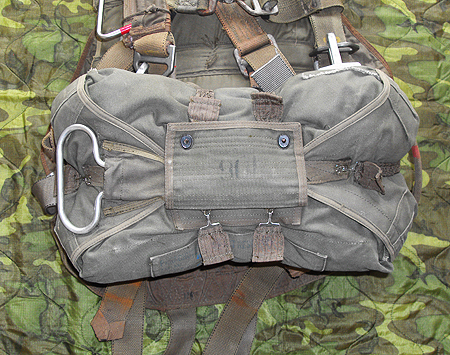
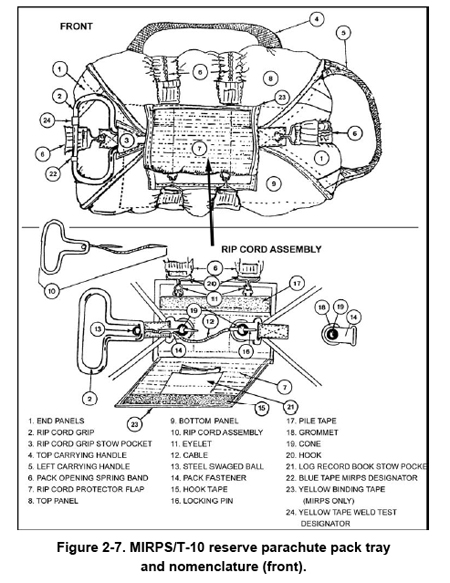
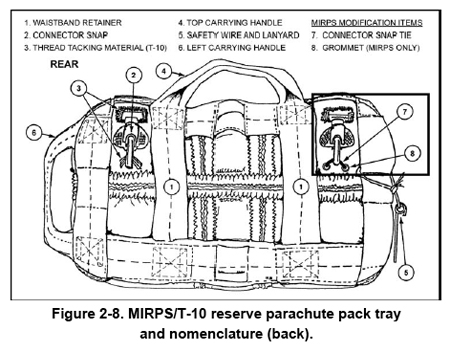

Parachute log record showing when the reserve chute was last checked and packed
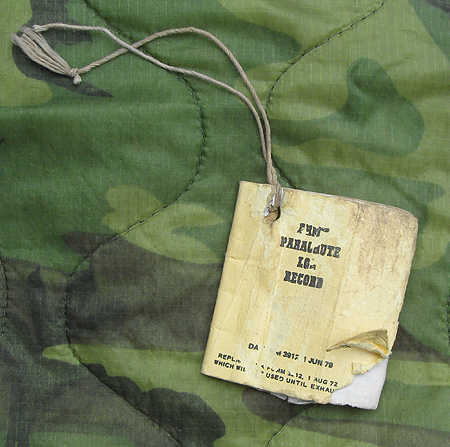

H-harness used to carry the rucksack below the reserve chute


The rucksack is placed in the h-harness and then two quick-release straps are attached and secured to the lower, All load carriers (ruck sacks and weapons cases) are attached to the parachutist by harnesses and, if lowered, rigged with the lowering lin (seen below on the left)

When rigging the H-harness, the parachutist ensures that equipment fits snugly under the reserve parachute and that the D-ring attaching strap snap hooks are spaced a four-finger distance from the H-harness friction adapters.





The HPT lowering line (Figure 12-3) is used to lower all equipment attached to the parachutist. The HPT has been modified to accommodate the DMJP and AT4JP when lowered as a tandem load.
a. The standard 15-foot lowering line is made of tubular nylon (1 inch wide) with two retainer flaps sewn on. The retainer flaps have HPT sewn to the edges.
b. Two-inch tabs are sewn on the lowering line and, when the line is stowed, the tabs are secured to prevent line spillage. The ejector snap has a yellow safety lanyard (1 inch by 8 inches) attached.

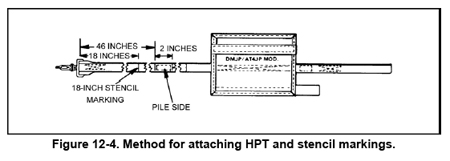
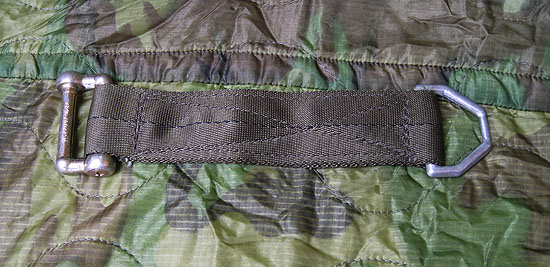


The lowering line adapter web is attached to the left main lift web of the parachute
harness and is the attaching point for the HPT lowering line.
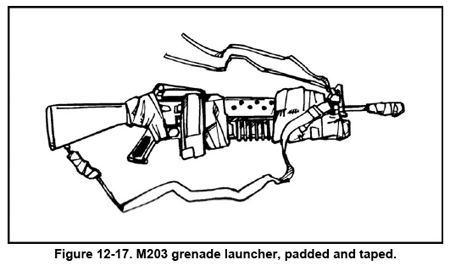
|
